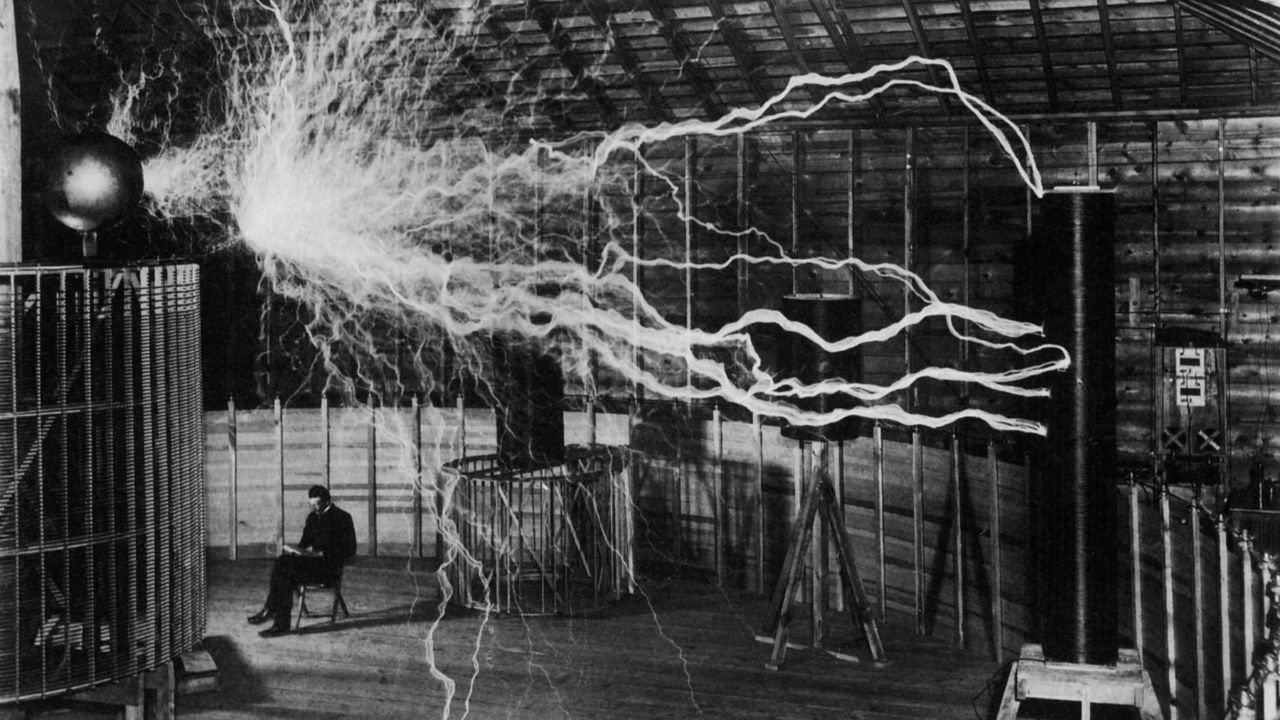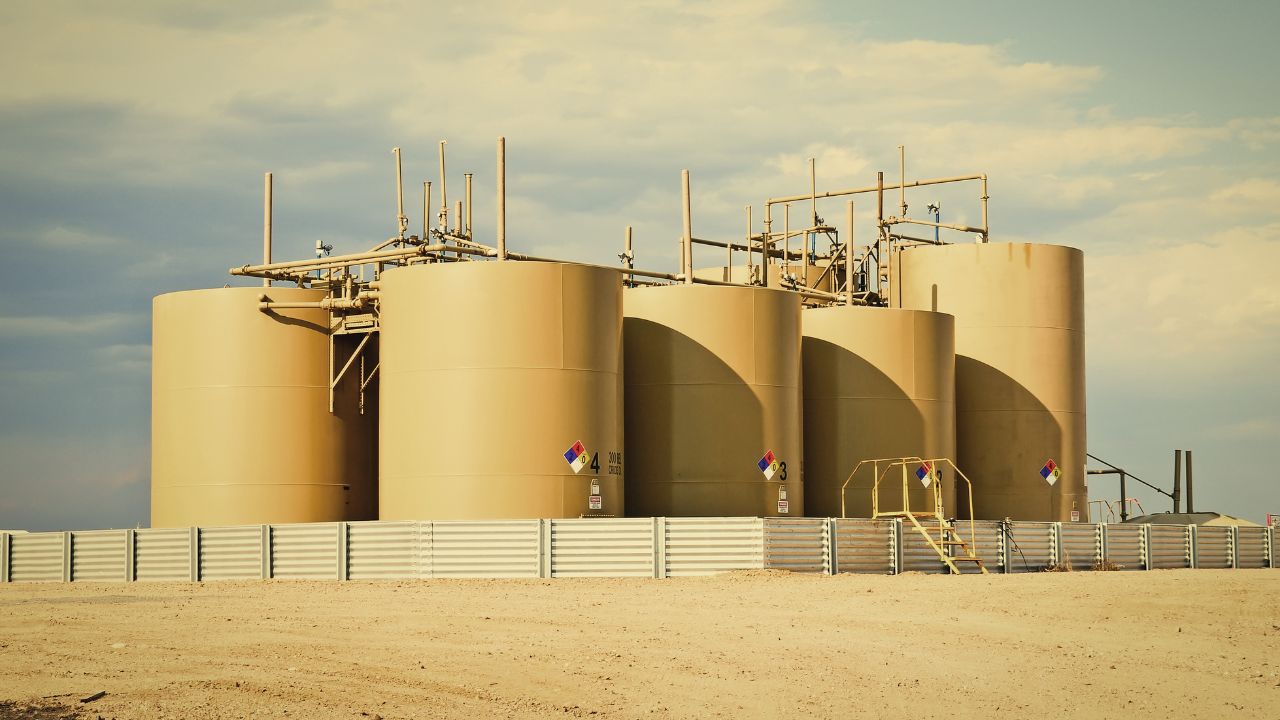
July is the Deadliest Month for Lightning Strikes
As the summer unfolds, so does the spectacle of nature’s electrical fury: lightning storms. While lightning can strike at any time, the month of July has gained notoriety as the deadliest month for lightning strikes. Because of this, July is a particularly dangerous time for the safety of people.
July serves as a peak month for lightning activity in various parts of the world and several factors contribute to this heightened risk:
- Thunderstorm Frequency: July often sees an increase in the frequency of thunderstorms, creating a greater likelihood of lightning strikes. Warm air, high humidity, and convective instability (ability to resist vertical motion in the atmosphere) during this period creates favorable conditions for the formation of thunderstorms.
- Outdoor Activities: July marks the heart of summer, with many people engaging in outdoor activities such as hiking, camping, swimming, and sports. As a result, more individuals find themselves exposed to the potential dangers of lightning strikes.
- Lightning Storm Behavior: July thunderstorms tend to exhibit more intense electrical activity compared to other months. These storms generate more lightning bolts, increasing the chances of human exposure.
Lightning strikes can have devastating consequences, ranging from injuries to fatalities. The electrical discharge from a lightning bolt can reach temperatures hotter than the surface of the sun, exceeding 50,000 degrees Fahrenheit. Apart from the immediate risks, lightning strikes can also lead to long-term health issues such as neurological damage, cardiac abnormalities, and psychological trauma. While we cannot control the weather, we can certainly take preventive measures to eliminate the risks.
To combat the risks associated with lightning strikes, innovative solutions, such as CMCE Lightning Prevention, have emerged. CMCE Lightning Prevention is an advanced lightning protection system that prevents lightning formation over a protected area through deionization. You can protect structures and outdoor open areas from lightning strikes, preventing lightning strike damage and fatalities.
Contact our team today at [email protected] or call (317) 839-5022 to get a quote for your property.
We hope you found this article informative and valuable. If you’re interested in exploring more topics related to emergency response, public safety, and technology, we encourage you to check out our other Public Safety & Security newsletter articles. Stay informed by delving into our diverse range of articles designed to help you navigate the ever-evolving landscape of public safety. Together, we can work towards creating a safer and more resilient world. Happy reading!




